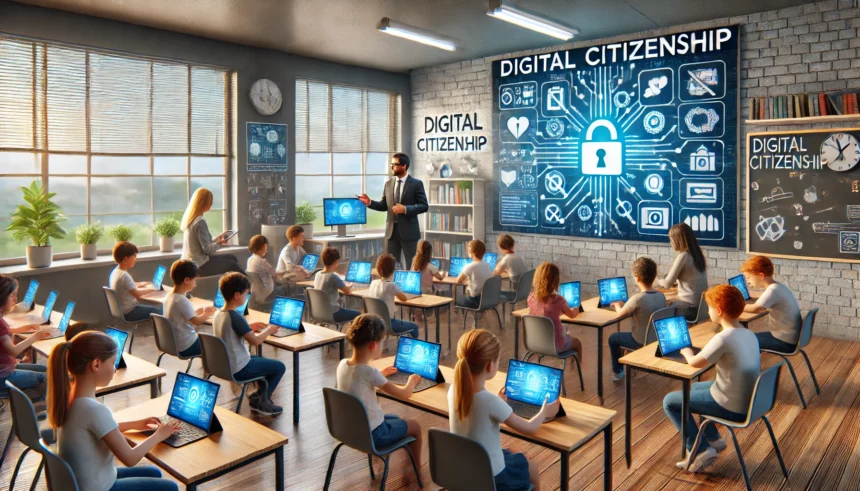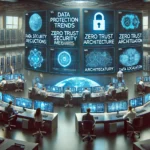Teaching digital citizenship has become an essential part of modern education, aiming to equip students with the skills and knowledge they need to navigate the digital world safely and responsibly. Our Digital Citizenship Curriculum has shown significant impact in both meeting the needs of educators and driving student success.
Why Digital Citizenship Matters
In today’s world, media and technology are integral to the lives of children and teens. They offer opportunities for learning and connection but also pose risks. With children spending an average of five to eight hours on screens daily, and most teens having access to smartphones, the need for digital citizenship education is more critical than ever.
Key Components of the Curriculum
Our curriculum is designed around six core topics:
- Media Balance & Well-Being
- Privacy & Security
- Digital Footprint & Identity
- Relationships & Communication
- Cyberbullying, Digital Drama & Hate Speech
- News & Media Literacy
These topics cover a broad spectrum of digital citizenship issues, from managing screen time to understanding online privacy and combating cyberbullying.
Successful Implementation in Schools
Who Uses the Curriculum? The curriculum is widely used by veteran educators, including classroom teachers, librarians, technology coordinators, and instructional coaches. Most of these educators work in public or charter schools, with a significant portion teaching in Title I schools.
Grade Levels and Adaptations The curriculum is most frequently taught in grades 3–6. Educators adapt the lessons to fit their classroom needs, often incorporating videos, slides, and interactive activities to engage students.
Support and Training for Educators Most educators feel supported by their schools in teaching digital citizenship, though many express a need for more training. Our professional development offerings include online courses, webinars, and in-person training sessions.
Assessing Student Learning
Quiz Performance Students show promising results in quiz scores, averaging 77% correct answers across all grade levels. They perform particularly well on questions about inclination and sensitivity, indicating they understand the importance of digital citizenship behaviors.
Confidence and Skill Development A large majority of students feel confident in their understanding of digital citizenship lessons. Educators report that students are not only learning the necessary skills but also applying them in real-life scenarios. For example, students are more likely to act as upstanders in cases of cyberbullying, demonstrating their understanding and commitment to positive digital behavior.
Engaging Parents and Caregivers
Parents play a crucial role in reinforcing digital citizenship at home. Our curriculum includes take-home resources, conversation starters, and tip sheets available in multiple languages. Schools often host family nights and workshops to engage parents in their children’s digital education.
Testimonials from Educators and Parents Educators and parents alike have praised the curriculum for its positive impact on students. One educator from California noted, “I am excited to use this program as both a parent and an educator. It prepares our future generations to be responsible digital citizens.”
Conclusion
The findings from our Digital Citizenship Curriculum highlight its effectiveness in preparing students for the digital world. By addressing real-life challenges and providing comprehensive resources, we are helping students develop the skills they need to succeed as digital learners and leaders. As technology continues to evolve, so will our curriculum, ensuring that students are always equipped to navigate their digital lives safely and responsibly.
















